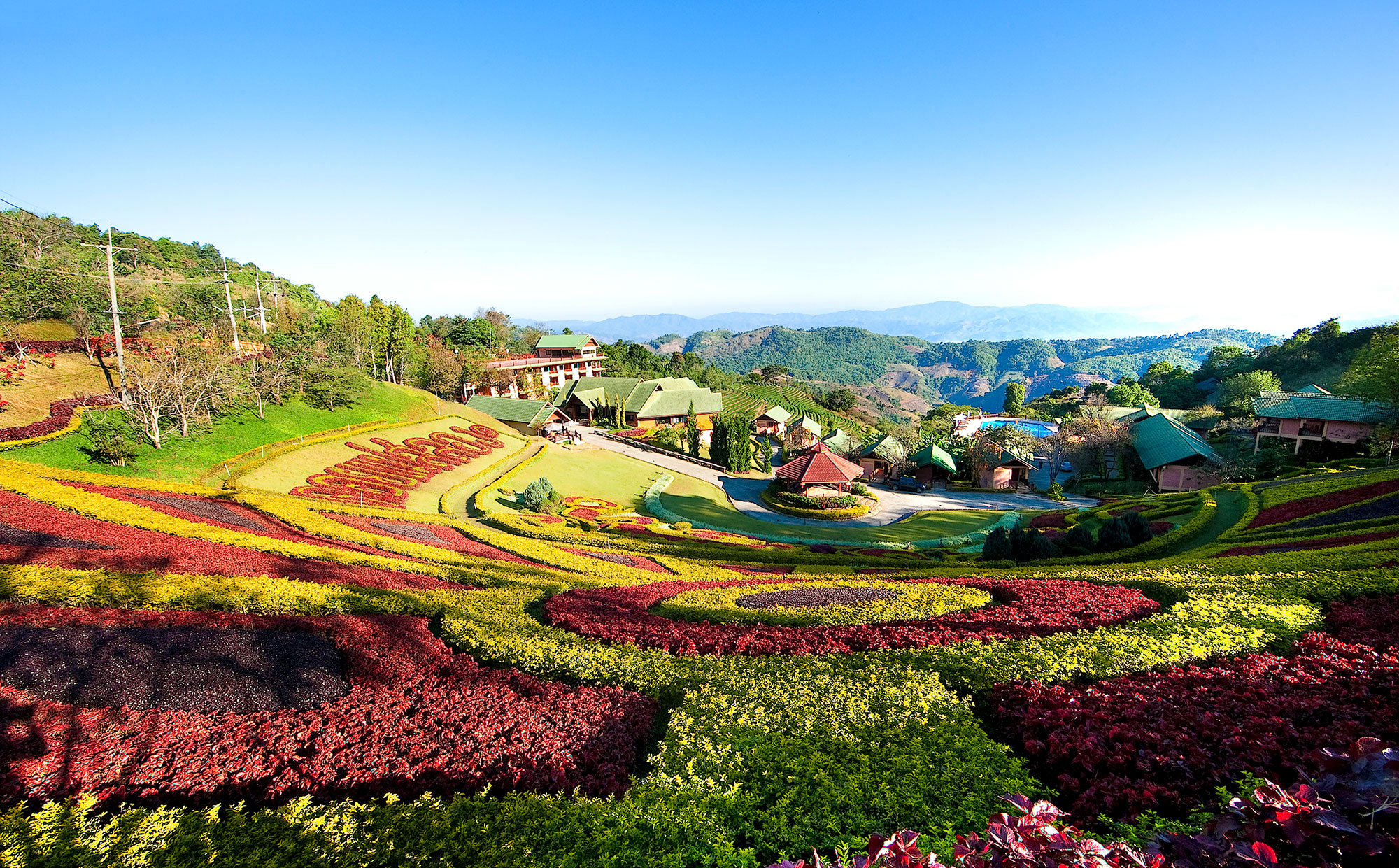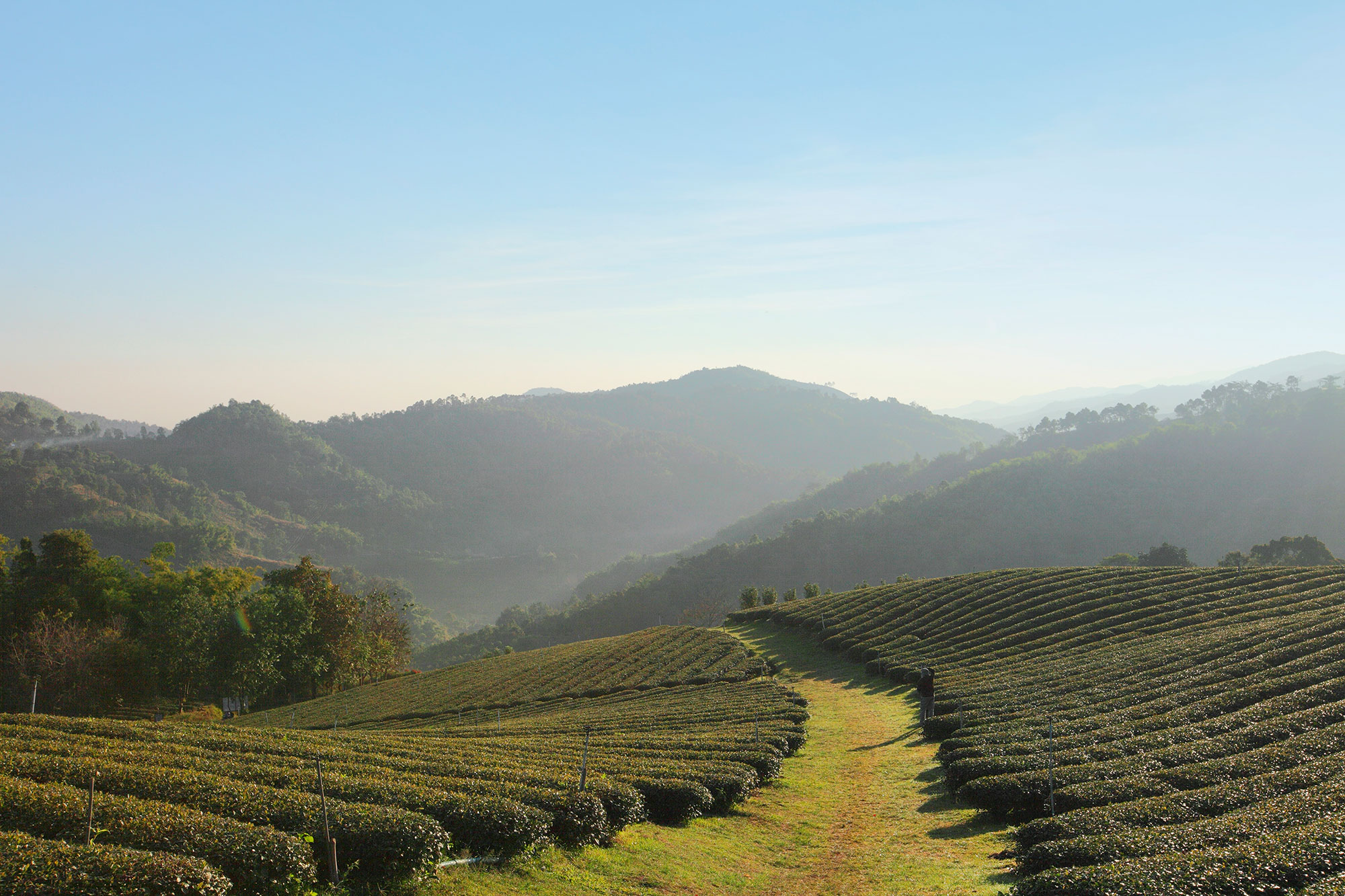Chiang Rai
Chiang Rai is the northernmost province of Thailand filled with the atmosphere of a complex mountain range and valuable Lanna Culture.
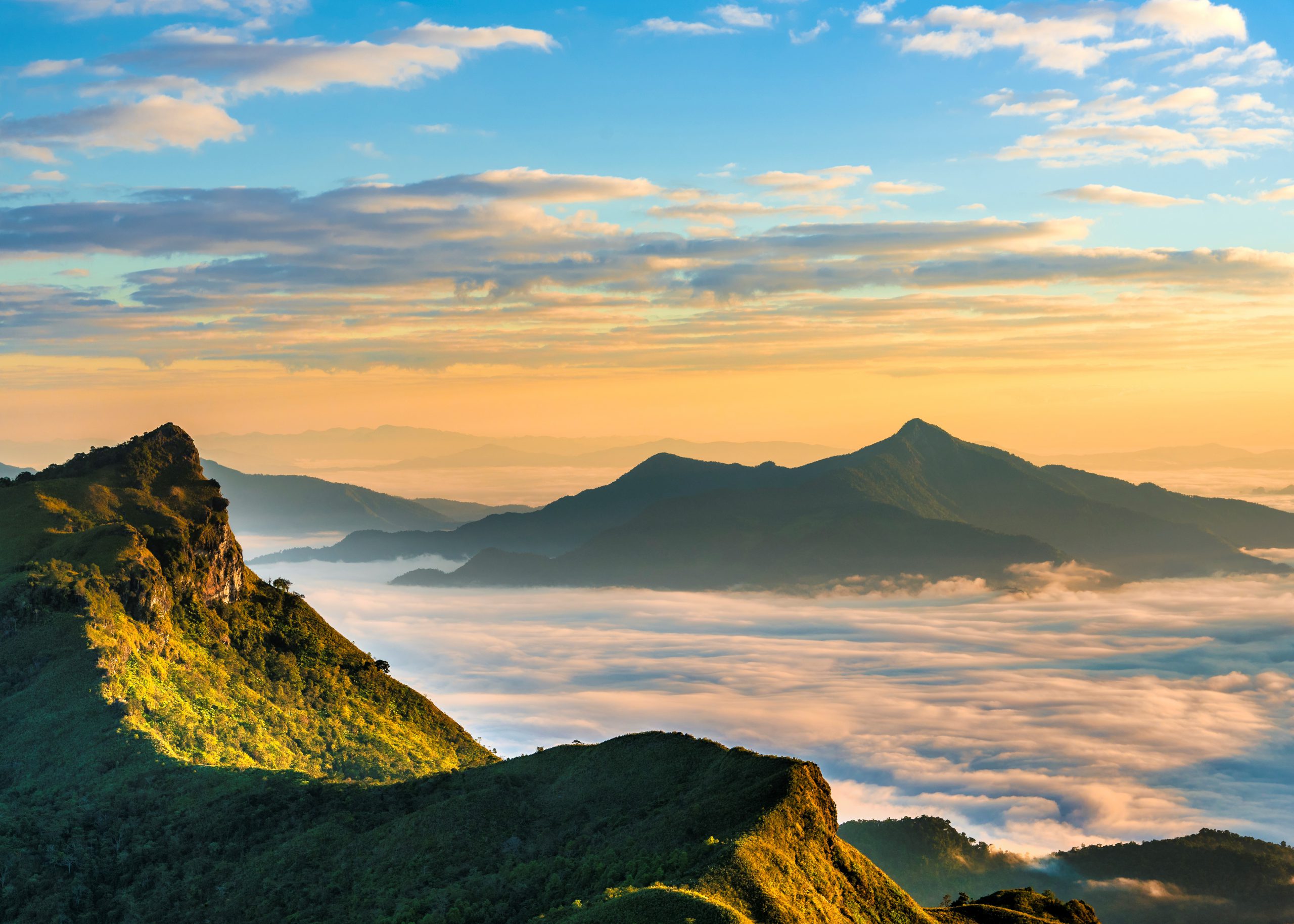
For those who like nature.
For those who like nature, You can go up to see the sunrise over the Mekong and the sea of mist in the morning at Doi Pha Tang. Feel the cold and see the 360 degree sea view mist at Phu Chi Dao.
See winter Flowers at Mae Fah Luang Gardens around Doi Tung Palace. Tracing the “13 Wild Boar Caves” EVENT at Tham Luang-Khun Nam Nang Non Forest Park. In addition, because Chiang Rai is a province that is at the junction between Thailand, Myanmar and Laos, tourists can view both sides of the Mekong at Golden triangle And visit Mae Sai market – Tha Khi Lek Along the Thai-Burma border as well.
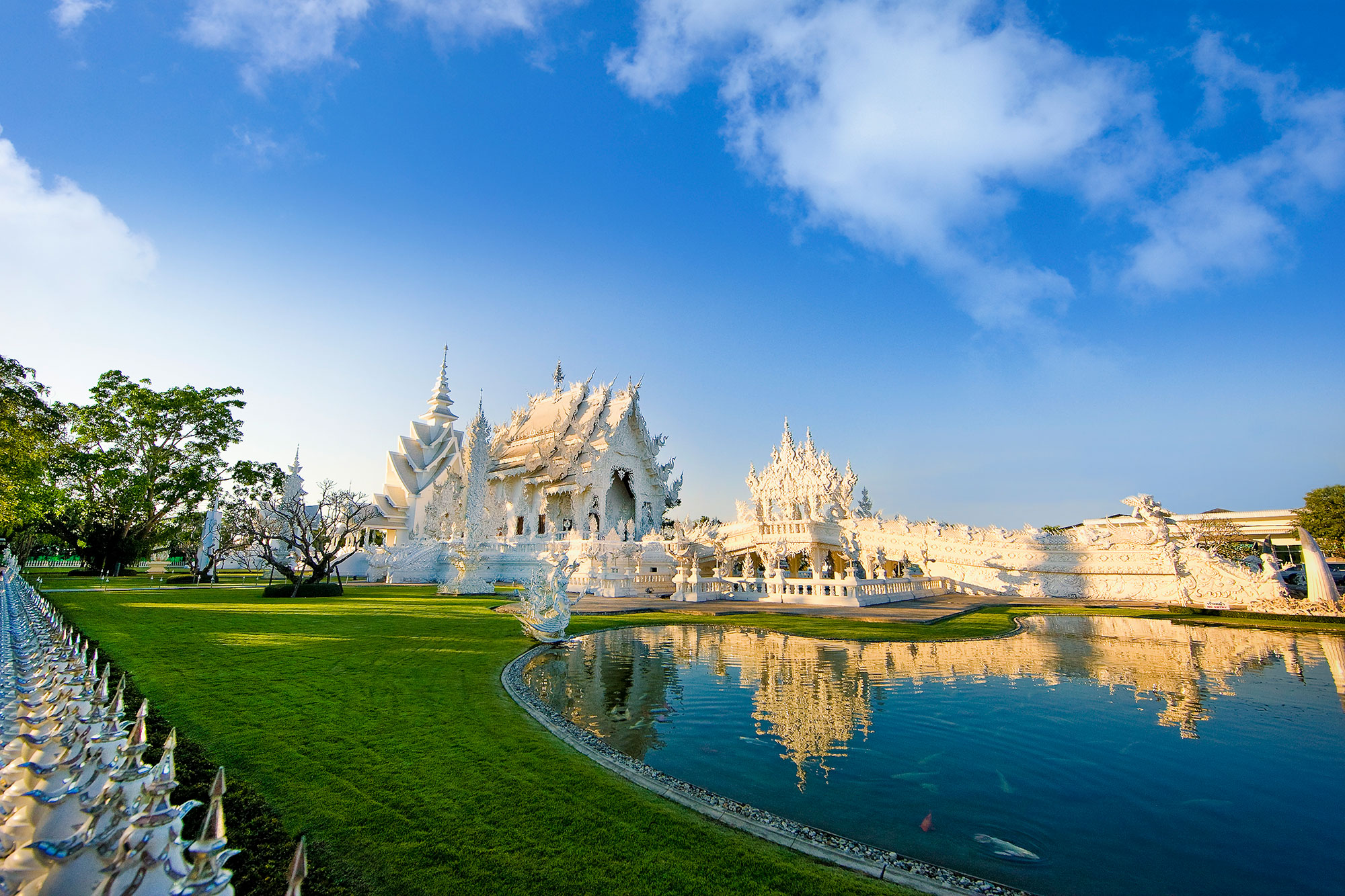
Wat Rong Khun
Art, Culture, Heritage & Architecture/Temple
Ban Rong Khun, Tambon Pa O Don Chai is regarded as one of the most beautiful temples built in this century.
A masterpiece of artist Chaloemchai Khositphiphat, famed for his extravagant and unique Buddhism-related paintings, Wat Rong Khun reflects the artist’s grand visions of heaven, hell and Nirvana.
The main assembly hall and adjacent area are carved in white with glass mosaics.
Mingmuang temple
Temple
Wat Ming Mueang. In the past, Wat Ming Mueang was Tai Yai people’s temple, called Wat Ngiao or Wat Chang Mup (Chang Mup) by Chiang Rai people. Another name is Wat Talamae Si, the name of the builder.
It was constructed since the establishment of Chiang Rai and was granted Wisung Khama Sima in 1970 (a royal granting of the land for monks to have the ordination hall constructed or to do religious rites).
As for the history, according to the ancient evidence and rumor, the founder of Wat Ming Mueang was Chao Nang Talamae Si, wife of King Meng Rai and daughter of a Burmese King from Pha Ko city (Hong Sao Wadi).
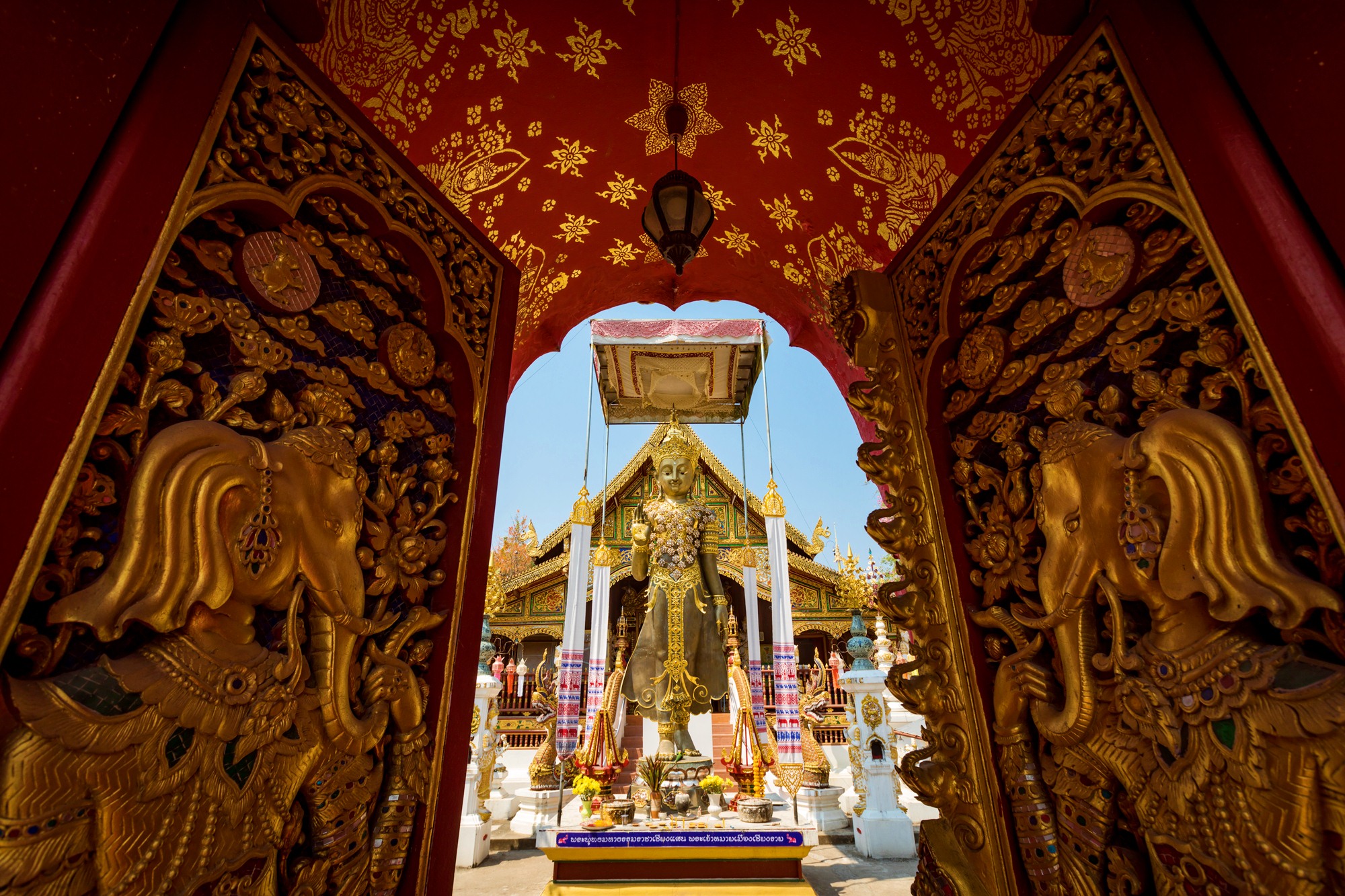
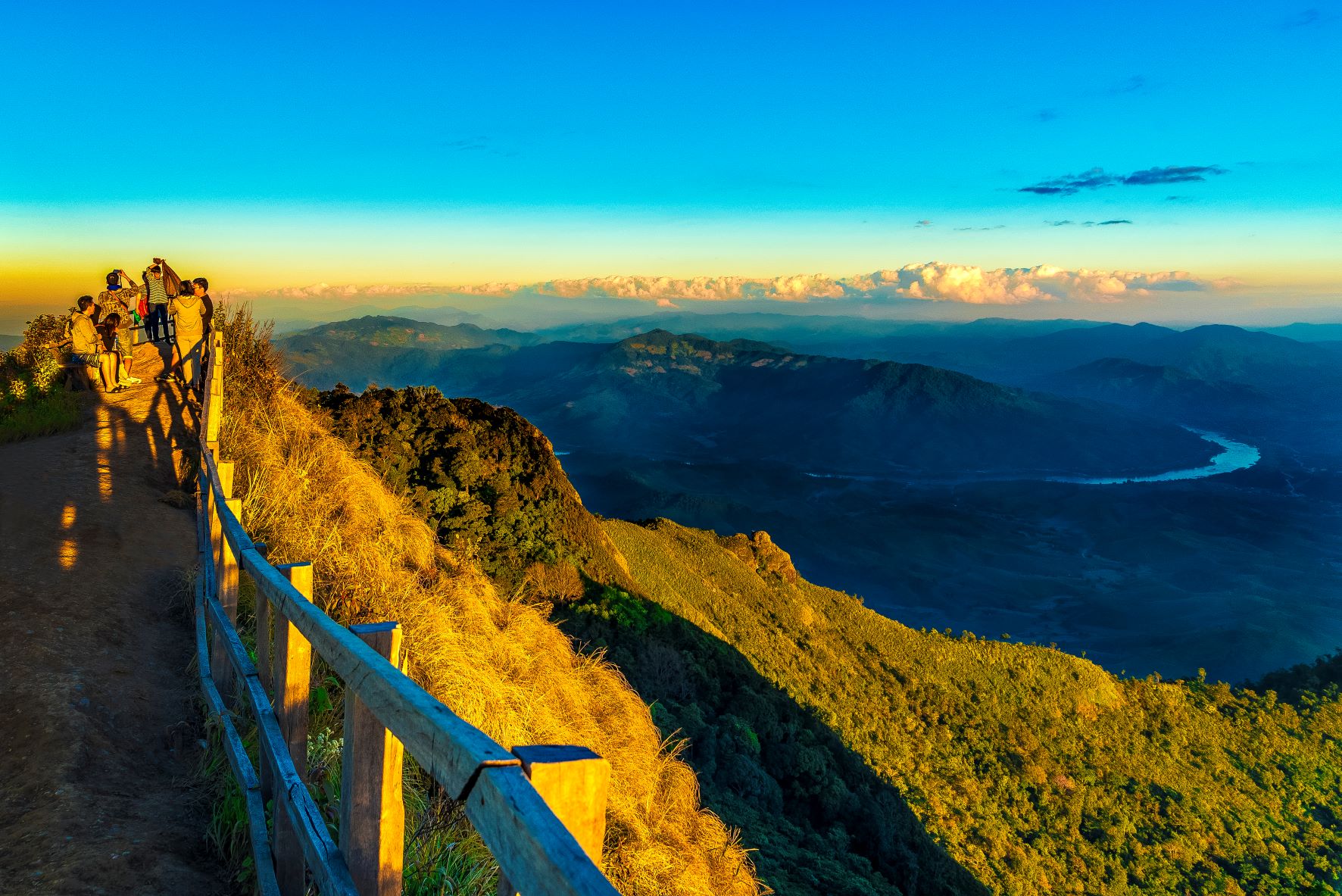
Phu Chi Dao
Mountain (Doi)
It is located at Ban Rom Pho Ngoen, Po subdistrict. It is a 360-degree view of the sea of mist with a beautiful backdrop of the mountains and the Mekong River.
It is located 10 kilometres from Phu Chi Fa. Getting there: Only 4WD vehicles can go up to the viewpoint. For further details contact, the Po subdistrict Administrative Organisation Tel. 0 5360 2742; vehicle and guide Tel. 08 0034 3984 and 08 2184 0504.
Doi Mae Salong
Mountain (Doi)
It is the location of Muban Santikhiri, which was originally called Ban Mae Salong Nok. It is a community of former Chinese soldiers of the 93rd Division of the Kuomintang, who migrated from Myanmar.
During December to February is the cool season, and there will be wild Himalayan cherry that is the smallest Sakura pink and white flower blooming along the way up Doi Mae Salong.
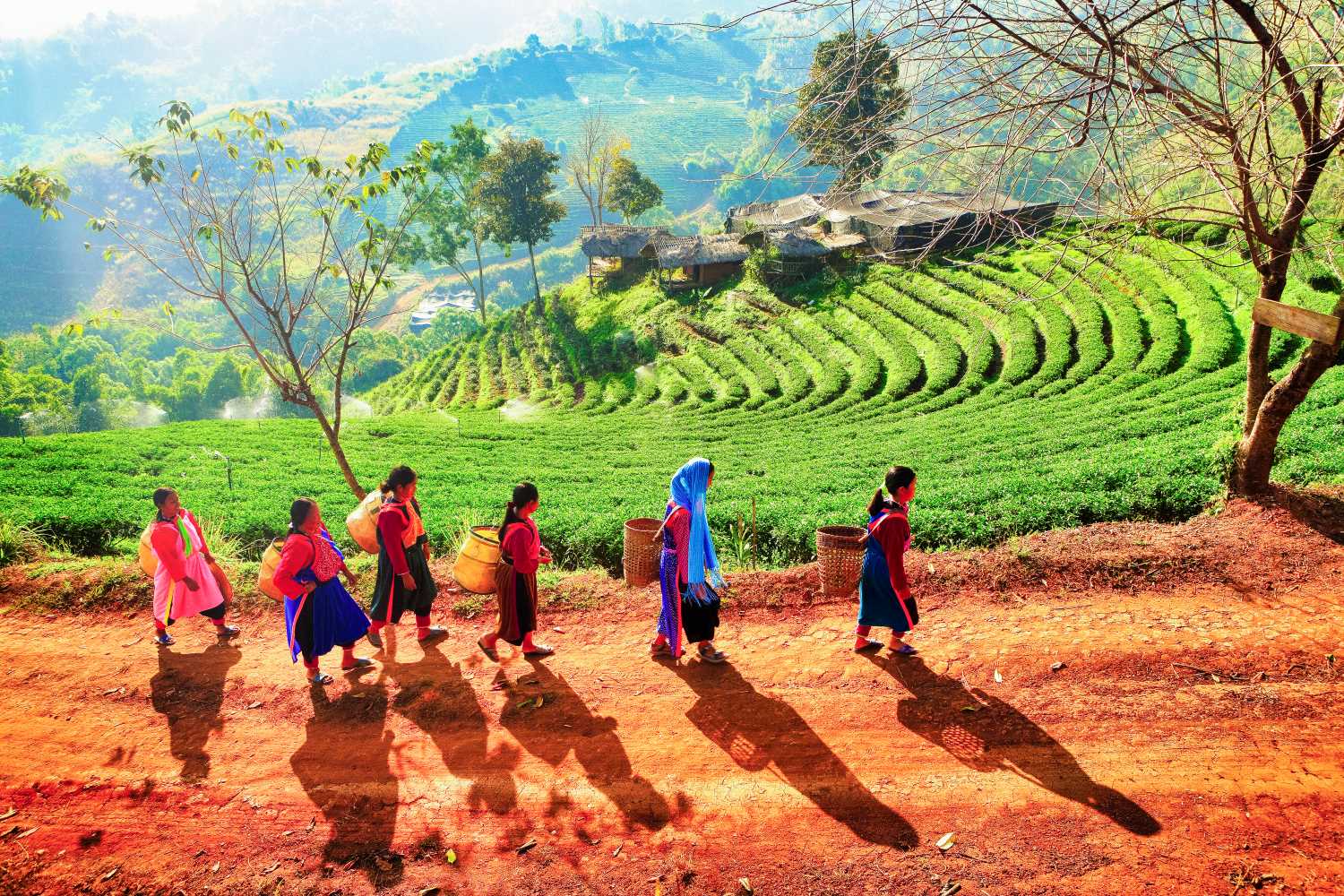
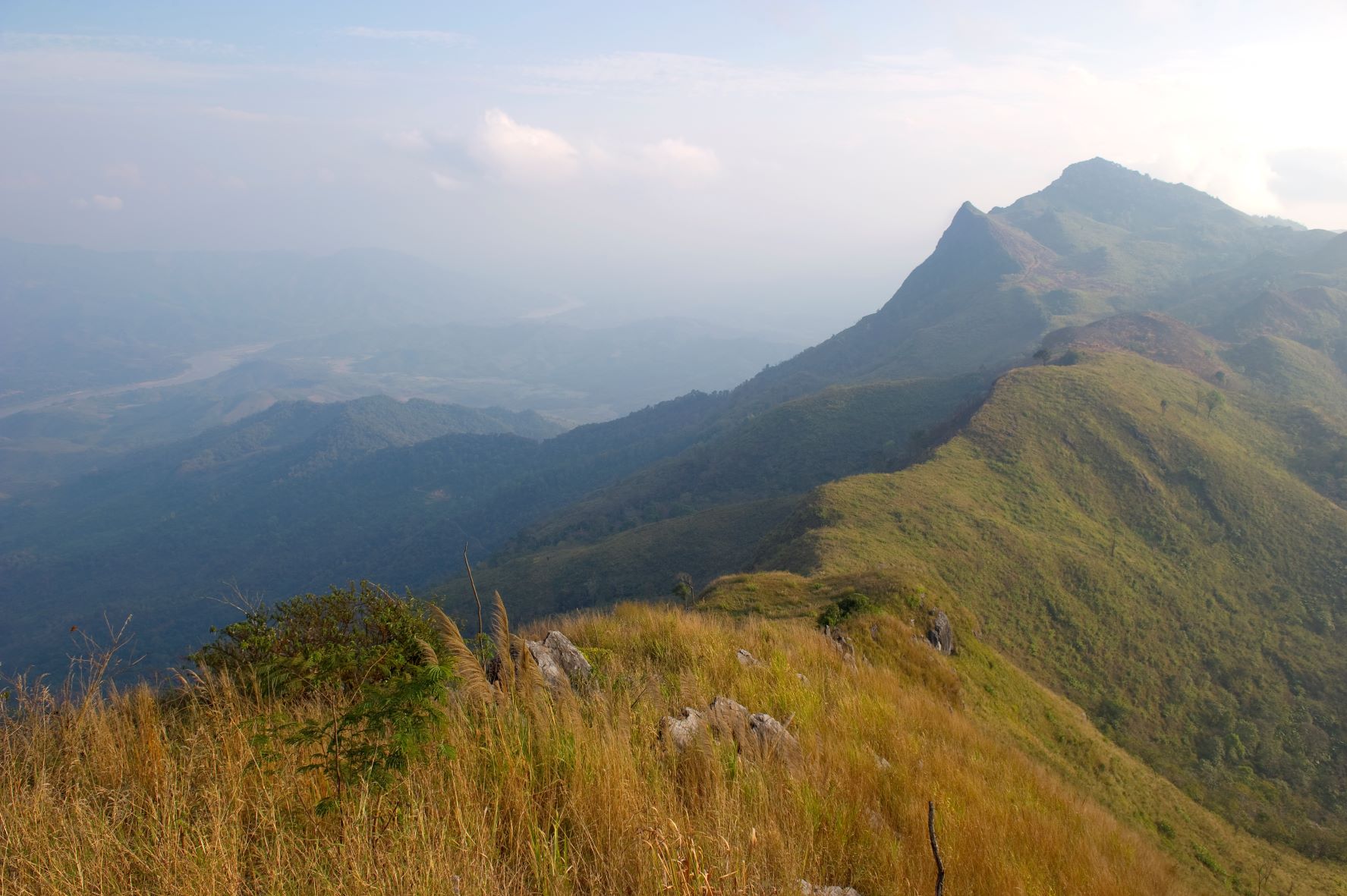
Doi Pha Tang
Mountain (Doi)
It is 25 kilometres from Phu Chi Fa and is a viewpoint of Thai-Lao scenery and year-round sea of mist. During December-January, there are cherry blossoms and crescent flowers in full bloom. It is also the location of Chinese Haw, Hmong and Yao villages. At present, the villagers are engaged in agriculture by growing temperate crops, e.g., plums, peaches, apples, and tea.
Destinations By Region
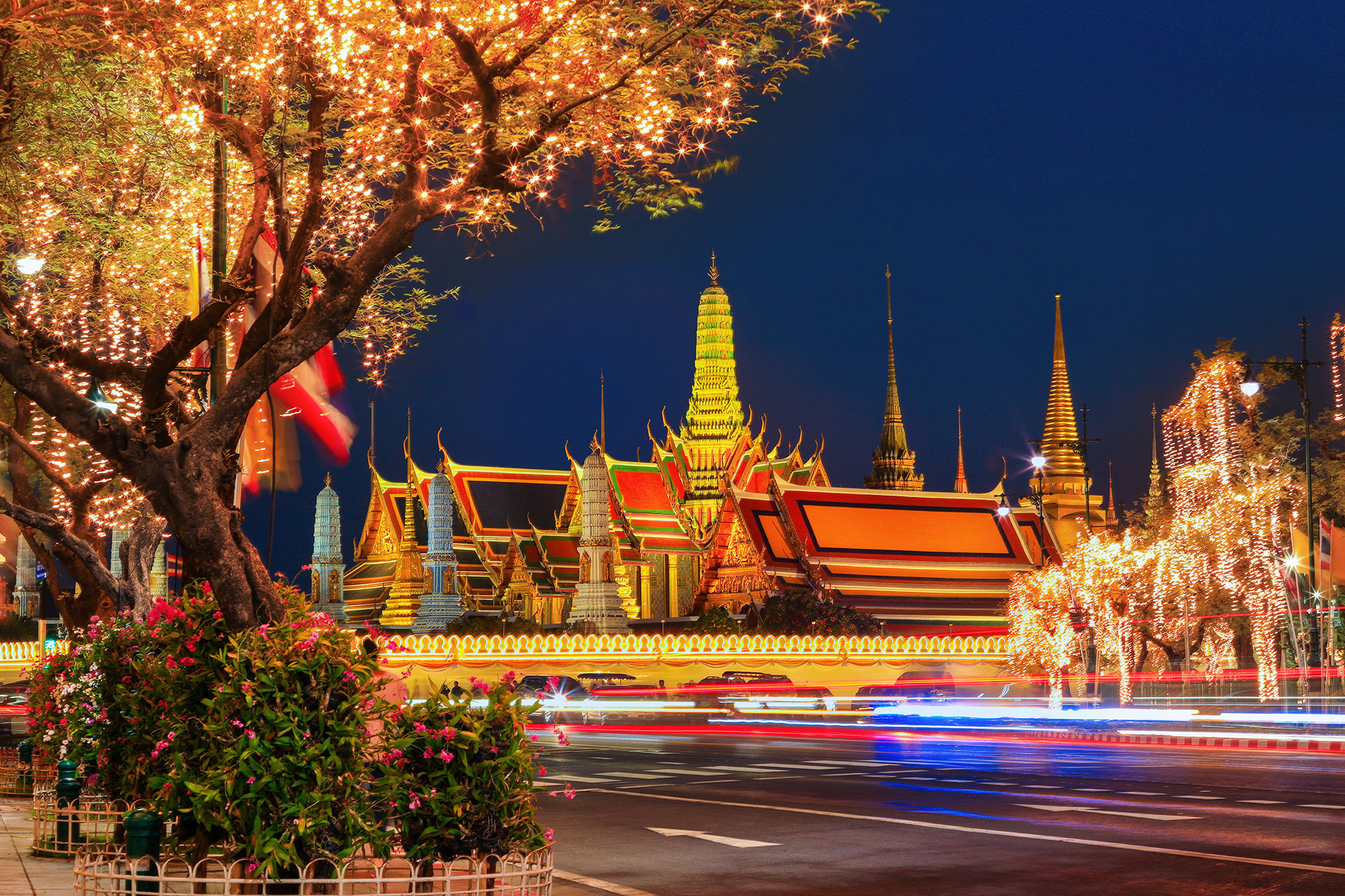
Thailand Destinations
Top Destinations Thailand, Bangkok, Chiang Mai, Phuket, Chon Buri, Ubon Ratchathani
There are various transportation options provided for tourists – by land, by air, and by boat. Traveling on the road is the main choice if you wish to go through provinces within Thailand. Public Transportation: either long-distance or short-distance trips in Bangkok or other provinces, tourists can travel around by bus, by train, by sky train, by subway, by van, and by Song Taew (small pick-up truck with two rows of bench). Taxi: Bangkok and big provinces have metered taxis. Tuk Tuk: a three-wheeled motorcycle which becomes a symbol of Thailand and can be found around Bangkok and in some provinces.


